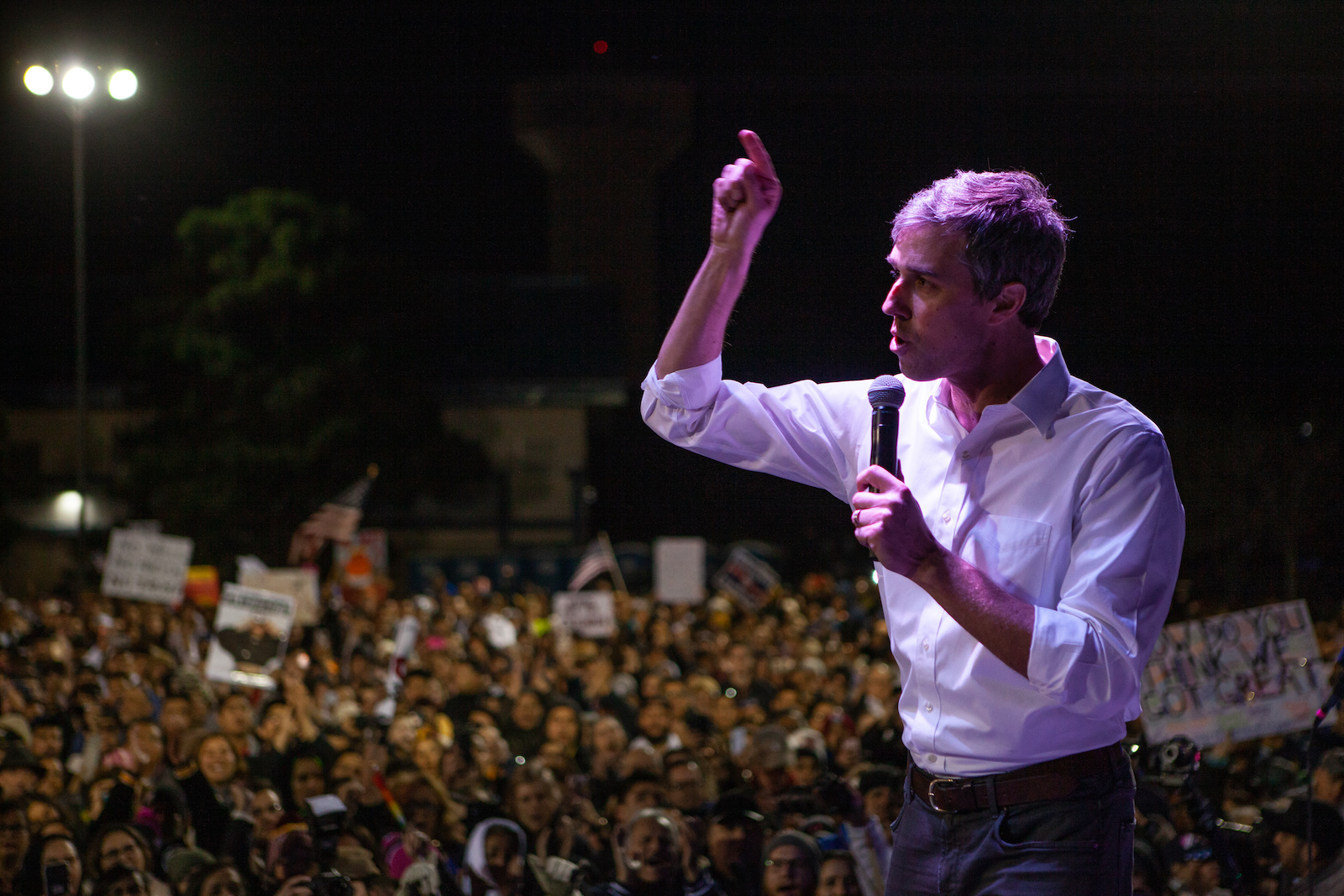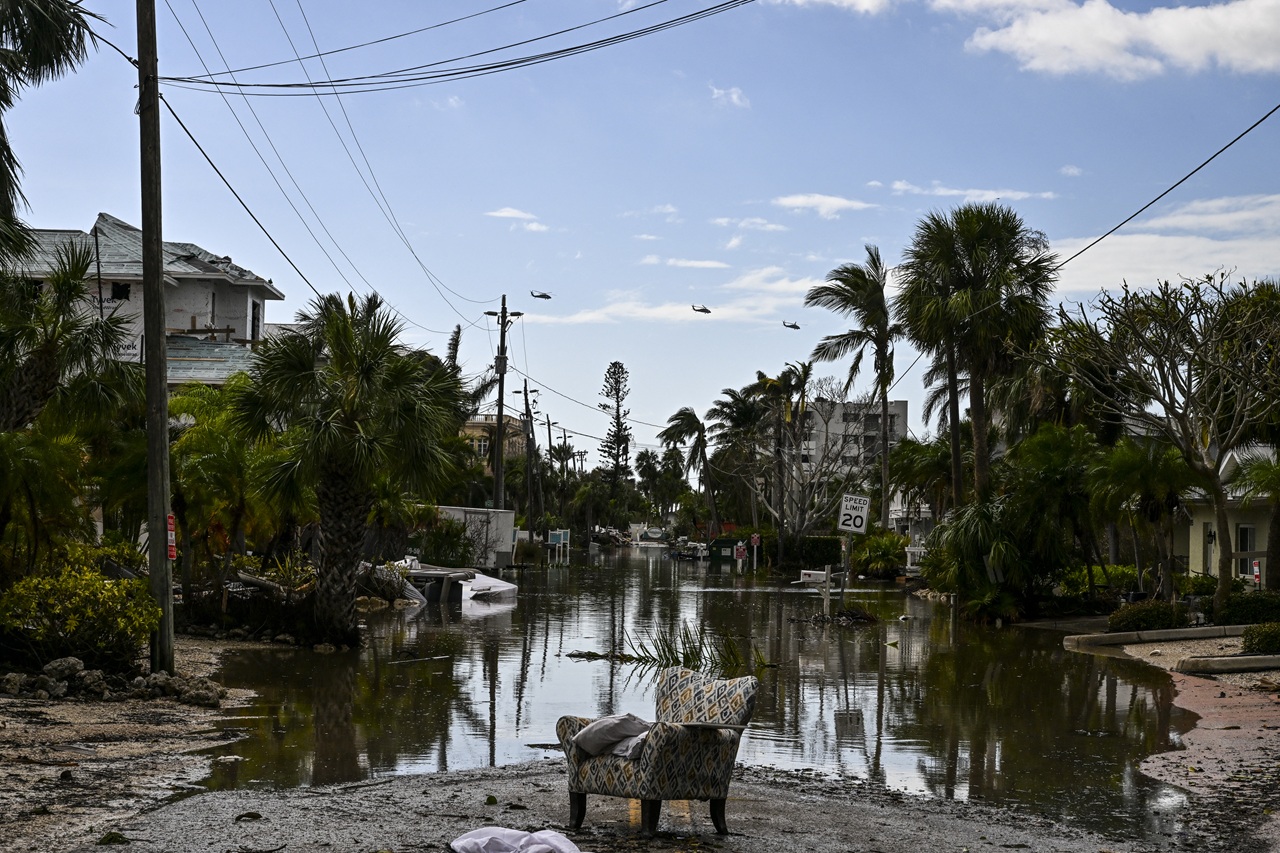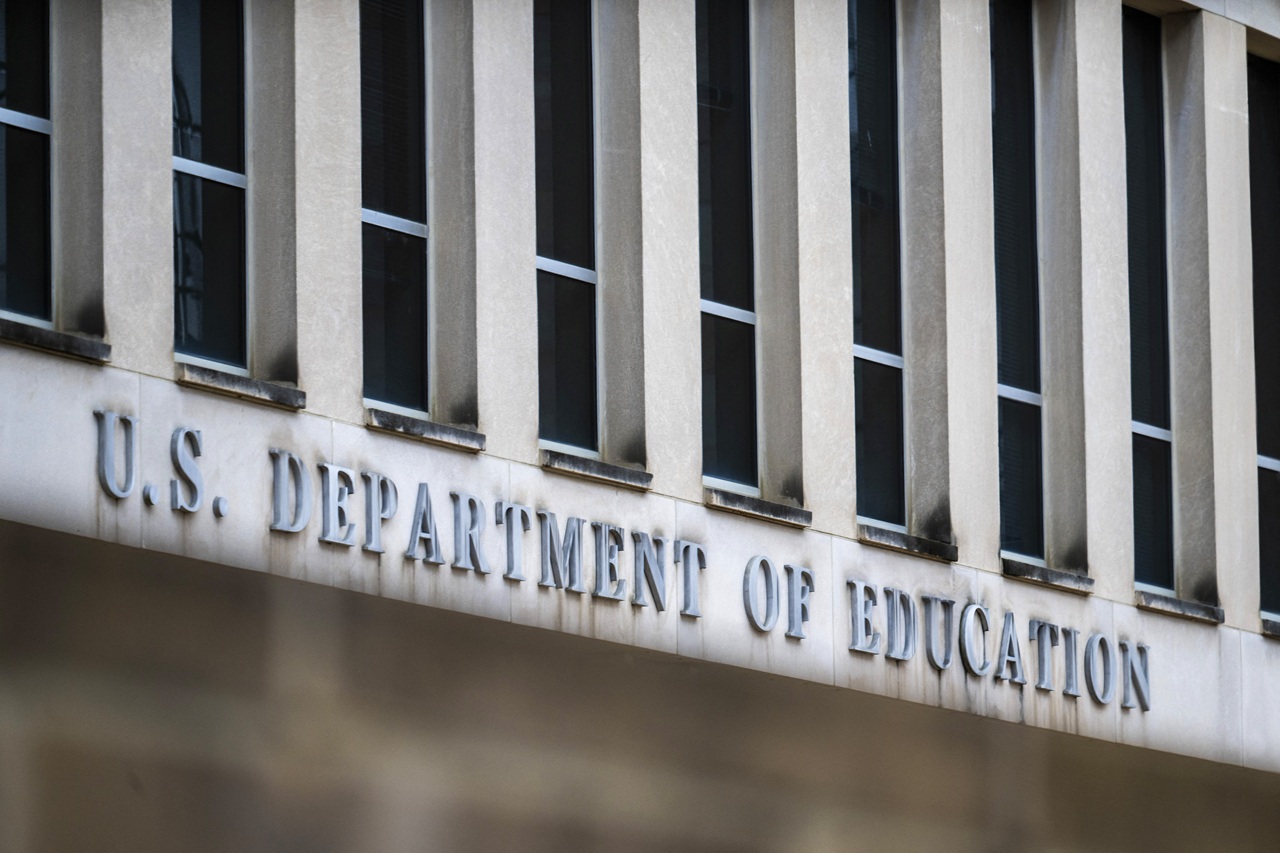
Could Beto O’Rourke secure the Latino vote this time around?
The Latino vote will be critical for Beto O’Rourke should he officially declare his candidacy for Texas Governor in the coming days.
It was one of his biggest hurdles over his two last failed runs for office — for the Texas Senate in 2018, and a subsequent short-lived bid for the presidency the next year.
This week, a top aide to O’Rourke said he has not ruled out challenging Republican Gov. Greg Abbott in Texas’ 2022 gubernatorial election, but has taken no formal steps toward officially declaring his bid for office.
Beto’s comeback, should it happen, would likely be complicated by a few main factors, namely his progressive positions on some subjects like gun control, his two previous losses, and his campaign’s inability to effectively mobilize the Latino vote in Texas.
Former Texas congressman and presidential candidate Beto O’Rourke is weighing a run for governor. But O’Rourke, who teased an announcement of his White House bid on Vanity Fair’s cover, is being quiet about it, and Texas Democrats are anxious to know. https://t.co/WB85h2FlDG
— AP Politics (@AP_Politics) May 24, 2021
Still, he’s the only potential Democratic candidate with a proven ability to quickly raise funds for a campaign and compete against Abbott.
Except maybe Matthew McConaugey, who has recently mused about entering the race for Governor, as he has been reported to be making calls to influential people in Texas’ politics.
But that is yet to be seen.
Texas’ changing political landscape
With each election cycle in Texas, the Democratic party becomes excited about the state’s potential to flip to blue, and each time it fails — but gets slightly closer every election.
This type of advocacy is one of the reasons O’Rourke has remained relevant since his subsequent losses as Texas’ breakout candidate with a chance to oust Sen. Ted Cruz, and a devastatingly short run to be the party’s nominee for president.
O’Rourke also led a campaign to mobilize voters to flip the Texas house, but in the end Democrats didn’t win a single seat.
The unexpected losses in Texas in the 2020 elections, prompted the party to take a closer look at what went wrong, and for future prospective candidates like O’Rourke, these analyses are a blueprint for what mistakes should not be repeated.
Republicans made big gains in 2020. They already hold the advantage statewide, but in 2020, more new Latino voters showed-up for former President Trump. They’ve been identified in the media as “Tejanos,” or Latinos in communities along the southern border.
Nevertheless, O’Rourke has remained a looming presence on the outcome of the election, and the headlines that have made Texas emerge as the battleground for the Republican’s insistence of voter fraud in the election, resulting in a myriad voter-suppression bills.
As Abbot faced increased scrutiny for his COVID-19 response and then even more for February’s devastating freeze and blackouts in Texas that killed over 150 people, O’Rourke kept a strong presence as well, not letting up on the current governor.
But should he officially run, he must look to the past. Specifically his run for Senate.
What went wrong before?
O’Rourke grew up in the border city of El Paso.
He speaks fluent Spanish, has a Spanish nickname, Beto, and was known for his smooth transitions between English and Spanish during his campaign events.
But he didn’t begin his ill-fated Senate race with considerable support among Latinos, NBC reported at the time. During the Texas Democratic primary that cycle, he lost most of the counties heavily-populated by Latinos along the U.S.-Mexico border.
Looking back, that performance could have been an indicator for what was to happen to President Joe Biden over the 2020 election, but for O’Rourke, it’s a warning.
CONTENIDO RELACIONADO
Sure, he was outspoken against Trump’s immigration policies, opposing the border wall and advocating for a path to citizenship for Dreamers. He even took-on Cruz’s support for deporting young undocumented immigrants in a speech aimed at appealing to Texas’ Latino voters.
But his campaign lacked real investment.
Already, any Democratic candidate running in Texas faces an uphill battle, but at the time of O’Rourke’s campaign, Latino political groups said there was little evidence that it was spending much of its money raised to “do the harder work” of actually turning out the vote among non-voters.
In the end, Cruz won by a handful of percentage points — 50.9% to 48.3%.
Texas Latinos are a key swing vote
O’Rourke cannot win Texas without significant Latino support. They are the new swing vote, so there would need to be unprecedented investment on his part.
The Democratic Party played itself in 2020, relying on past trends and a campaign strategy that took a last-ditch approach at the diverse Latino demographic.
In Texas, Democrats relied on digital and unreliable telephone calls to reach voters. Following Joe Biden’s strategy of no large in-person campaigning, this approach resulted in some abysmal numbers among Latino voters.
Compiled with the last-minute campaign investment in Latino communities, there was also an overall lack of investment in Latino voter participation.
The results of 2020 challenged the facile assumptions about the Latino vote, and made clear the dangers of taking an approach that simplifies any demographic eligible to vote.
O’Rourke will face a difficult climb should he officially declare his candidacy in the coming weeks, but there is data now that indicates investment in Texas’ Latino communities is necessary.
A record number of Latinos voted in the 2020 presidential election nationwide, and this figure is expected to grow. This is about voters who weren’t mobilized in the past, and those with the capacity to be swayed. Time will tell whether the Democratic party will be able to regain some ground, and whether O’Rourke stands a chance for a third try.










DEJE UN COMENTARIO: